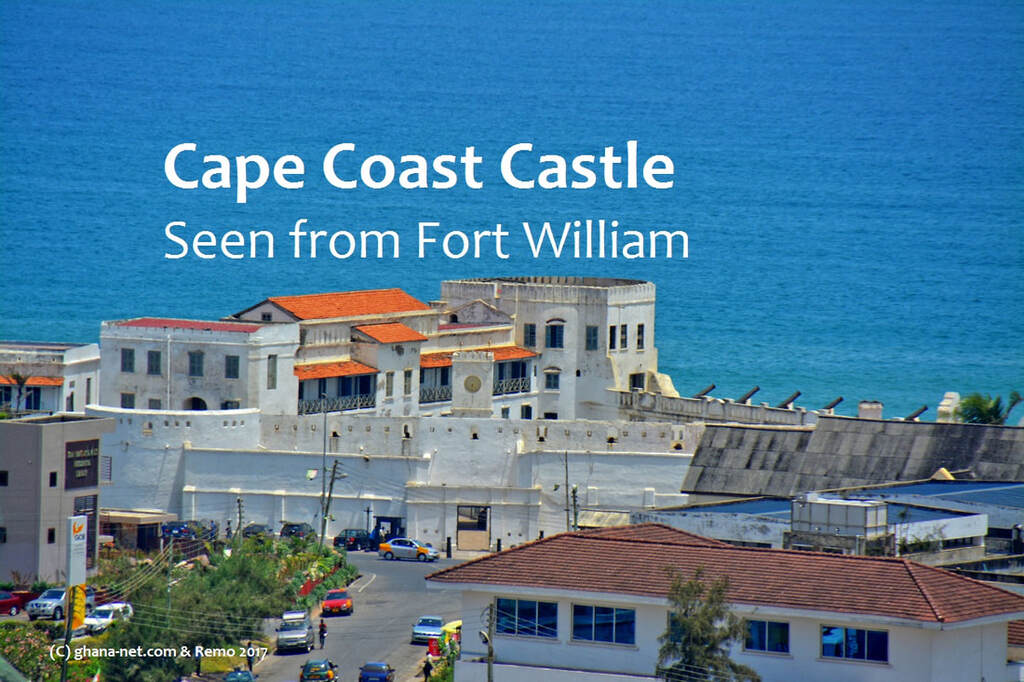
Role in the Slave Trade
Like many other forts on the Gold Coast, Fort Komenda became involved in the transatlantic slave trade. Enslaved Africans captured inland were brought to the fort and held in dungeons before being shipped across the Atlantic to the Americas. The fort served both as a point of commerce and oppression, reflecting the complex and tragic legacy of colonialism in West Africa.
Decline and Heritage Recognition
With the abolition of the slave trade and changes in colonial interests, Fort Komenda lost much of its strategic and commercial value by the 19th century. It fell into a period of decline but was later recognized for its historical significance.
In 1979, Fort Komenda—along with over 30 other forts and castles along the Ghanaian coast—was inscribed on the UNESCO World Heritage List. The designation was part of a broader recognition of these structures as critical evidence of European colonialism and the transatlantic slave trade.
Current Status and Tourism
Today, Fort Komenda stands as a ruin, though many of its walls and features remain visible. It is managed by Ghana’s Monuments and Museums Board, and although not as frequently visited as Cape Coast Castle or Elmina Castle, it is still accessible to tourists interested in Ghana’s colonial history.
Efforts have been made in recent years to restore and preserve the site, both to honor its historical importance and to promote cultural tourism in the Central Region. The fort offers visitors a quieter but sobering experience of the region’s past, particularly in connection with the European scramble for trade and territory in Africa.
Fort Komenda is a symbol of the intense European rivalry on the African coast and a testament to the devastating impact of the slave trade on African societies. It also reflects the resilience of local communities who continue to preserve and reinterpret these colonial sites as part of Ghana’s national heritage and historical consciousness.